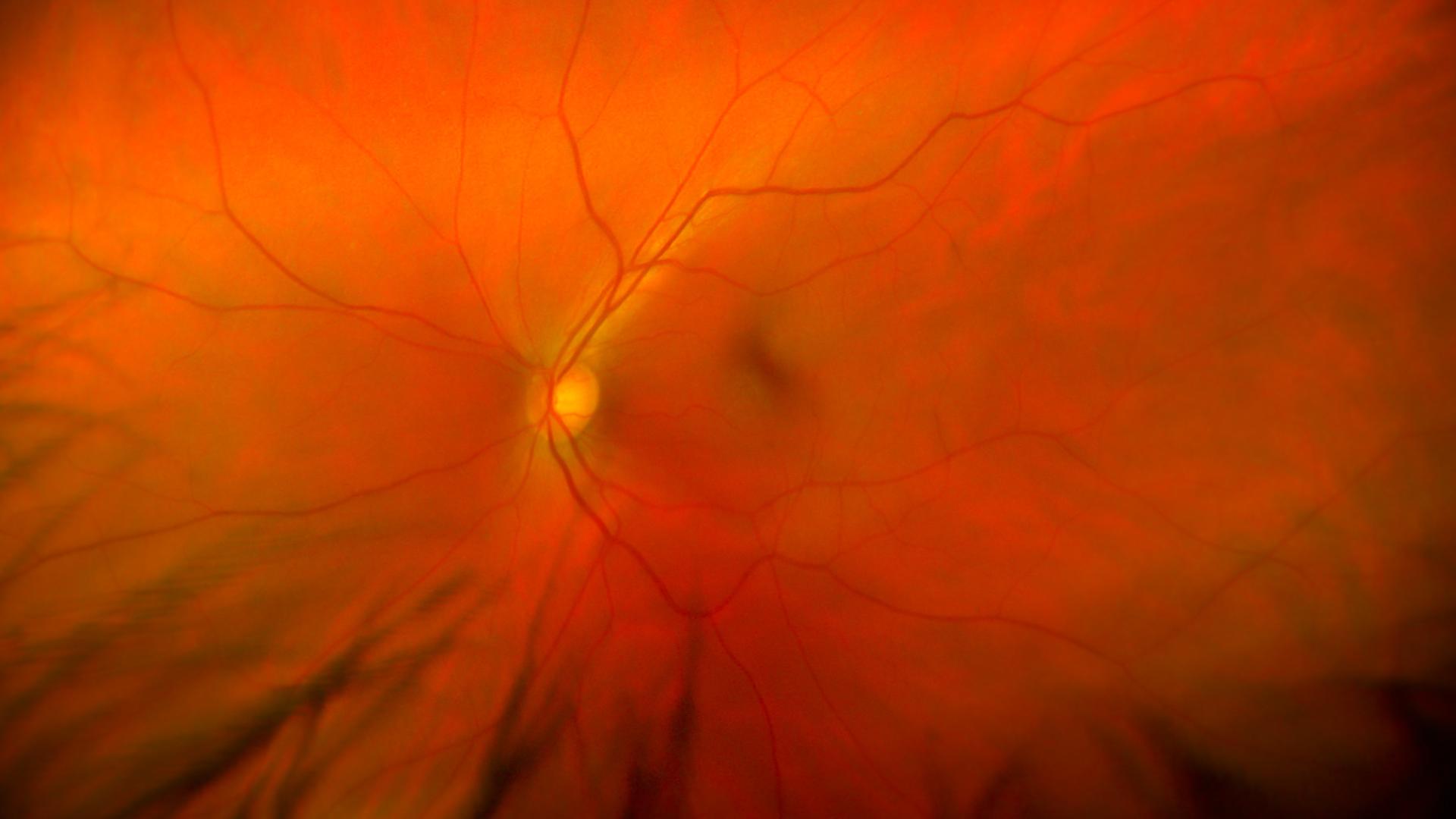Recognition of Retinal Fingerprint for Alzheimer’s Disease using Deep Learning Approach

About the Research Project
Program
Award Type
Standard
Award Amount
$300,000
Active Dates
July 01, 2018 - September 30, 2023
Grant ID
A2018093S
Goals
Early detection of Alzheimer’s disease (AD) permits early intervention of its upstream pathology, which current evidence suggest is more likely to prevent or delay cognitive decline. Yet current diagnostic methods for early AD are not applicable to rapid population-based screening techniques that could contribute to earlier diagnosis. The eye, as an extension of the brain, is affected by AD, and eyes from subjects with AD exhibit a structural pattern that may be used as a “retinal fingerprint” for early detection. In this study, an artificial intelligence (AI) technique will “learn” these retinal patterns using deep learning methods, and its ability to identify eyes from individuals with AD will be evaluated. This retinal fingerprint technique only requires a routine eye-check, and represents an inexpensive, non-invasive, efficient and accessible method for identifying who is most likely to have AD.
Summary
My research is directed towards developing more targeted and effective screening strategies for early detection of brain diseases and prevention of blindness, using state-of-the-art ocular imaging technology. Such screening techniques hold immense potential to lead to impactful benefits for both science and society.
Using retinal imaging to study Alzheimer’s diseases (AD) is one of my major research interests. Early detection of AD provides a critical opportunity to prevent or delay cognitive decline, yet current diagnostic modalities for early AD are not applicable to population-based screening.
In this project, an artificial intelligence (AI) modality will be trained with deep learning algorithms to recognize the “retinal fingerprint” of AD, ie, a specific pattern of retinal changes secondary to AD pathology. The trained AI can then identify individuals in an outpatient or community setting who are more likely to have AD, based on features and patterns from retinal images.
Early identification of this high-risk group of individuals not only allows medial intervention before irreversible neurodegeneration, but also deepens our understanding of upstream pathology of AD. In the future, we can easily know our approximate risk of AD by receiving a simple eye-check and completing a questionnaire that records personal demographic information. The individuals “tagged” by this initial screening can then have their diagnosis confirmed using more expensive and invasive investigations (such as amyloid PET imaging). They will subsequently be in a better position to receive early medical intervention to prevent cognitive decline.
Related Grants
Alzheimer's Disease Research
Identifying New Memory and Brain Markers for Early Alzheimer's Disease
Active Dates
July 01, 2024 - June 30, 2026

Principal Investigator
Helena Gellersen, PhD
Current Organization
German Center for Neurodegenerative Diseases
Alzheimer's Disease Research
Staging Alzheimer's Disease Using Blood Samples
Active Dates
July 01, 2024 - June 30, 2026

Principal Investigator
Gemma Salvadó, PhD
Current Organization
Lund University
Alzheimer's Disease Research
Shining a Light on How Early Tau-Related Brain Changes Affect Memory Loss
Active Dates
July 01, 2024 - June 30, 2026

Principal Investigator
Martin Dahl, PhD
Current Organization
Max Planck Institute for Human Development (Germany)




